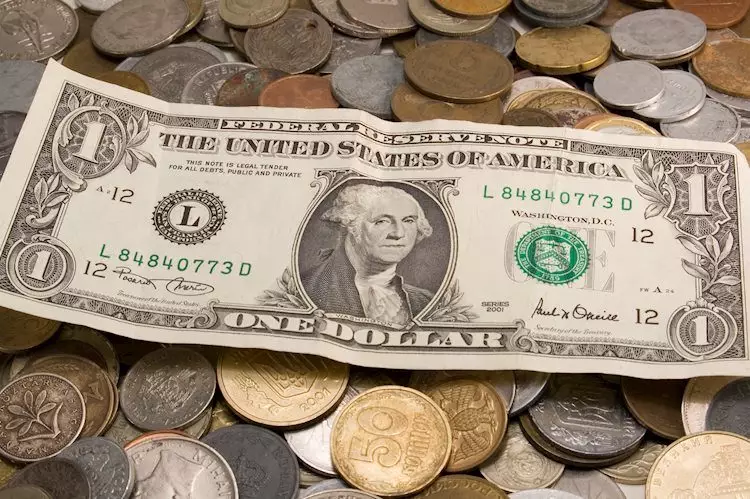The US economy finds itself at a crossroads, exhibiting signs of moderate slowdown, yet conclusive evidence points towards robust activity in various sectors. As inflation rates fluctuate and economic growth becomes a focal point, the role of the Federal Reserve (the Fed) is pivotal. Their decisions, primarily on interest rate adjustments, will be continuously informed by economic data. With an upcoming presidential election looming, analysts are bracing for potential shifts in the financial markets. Despite the dynamic and uncertain backdrop, the US Dollar remains resilient and continues to build strength.
The Federal Reserve’s Influence on Market Sentiment
In recent weeks, the Fed’s stance has indicated a strong reliance on economic indicators to dictate the pace of interest rate increases. Initially, there was a marked decrease in expectations following the Fed’s announcements; however, market sentiment has begun to shift. Optimism surrounding the economy, bolstered by the New York Fed’s Nowcast model projecting a healthy 2.6% seasonally adjusted annual rate (SAAR) for third-quarter growth, has reignited market confidence. Despite such optimistic forecasts, the prevailing dovish sentiment towards Fed rate cuts—estimated at 75 basis points by the year’s end—remains strong. This duality raises questions about the underlying stability of the Dollar, as market participants tread cautiously.
The US Dollar Index (DXY) has recently gained some upward momentum, albeit punctuated by bearish technical indicators. With the Relative Strength Index (RSI) hovering around 40 and showing signs of oversold conditions, it suggests that sellers currently dominate the market. Furthermore, the Moving Average Convergence Divergence (MACD) shows declining momentum, highlighting sustained weak buying pressure. Resistance levels are positioned at 101.00, 101.30, and 101.60, while supports rest at 100.50, 100.30, and crucially, 100.00. Such technical delineations indicate that while the Dollar is currently experiencing strength, it teeters on a precipice—a situation that calls for vigilant monitoring.
The US Dollar has long been the linchpin of the global financial system, accounting for over 88% of forex transactions. Such dominance is rooted in its historical trajectory, transitioning from the British Pound post-World War II to the most traded currency globally. For decades, the Dollar was backed by gold until the abandonment of the Gold Standard in 1971 through the Bretton Woods Agreement. The pivotal function of the Fed, implemented through its dual mandate of maintaining price stability and full employment, directly impacts the Dollar’s value against a backdrop of fluctuating economic conditions.
The Fed’s strategic tool in navigating price stability and employment levels is interest rate adjustments. As inflation hovers above the 2% target, increasing rates strengthens the Dollar, while rate reductions during economic downtimes typically exert pressure on its value. However, the Fed can also resort to unconventional measures, such as Quantitative Easing (QE), to stimulate the economy when interest rates are already at minimal levels. Such approaches, while effective in providing short-term relief, typically lead to a weaker Dollar. Conversely, the process of Quantitative Tightening (QT)—where the Fed ceases its bond purchases—typically lends strength to the Dollar by tightening liquidity.
As the US economic landscape evolves amid volatile financial conditions and election uncertainties, the currency’s resilience suggests a cautious optimism prevailing among investors. Market analysts will continue to scrutinize Federal Reserve signals closely, particularly regarding interest rate adjustments and their impact on inflation and economic growth. The interplay between consumer confidence, employment rates, and global economic trends will play an essential role in determining the future trajectory of the US Dollar. Ultimately, while the Dollar exhibits strength today, its sustainability against the backdrop of evolving economic parameters remains to be seen. Investors are advised to stay informed and adaptable, as the financial winds can shift rapidly in today’s interconnected economic environment.


Leave a Reply